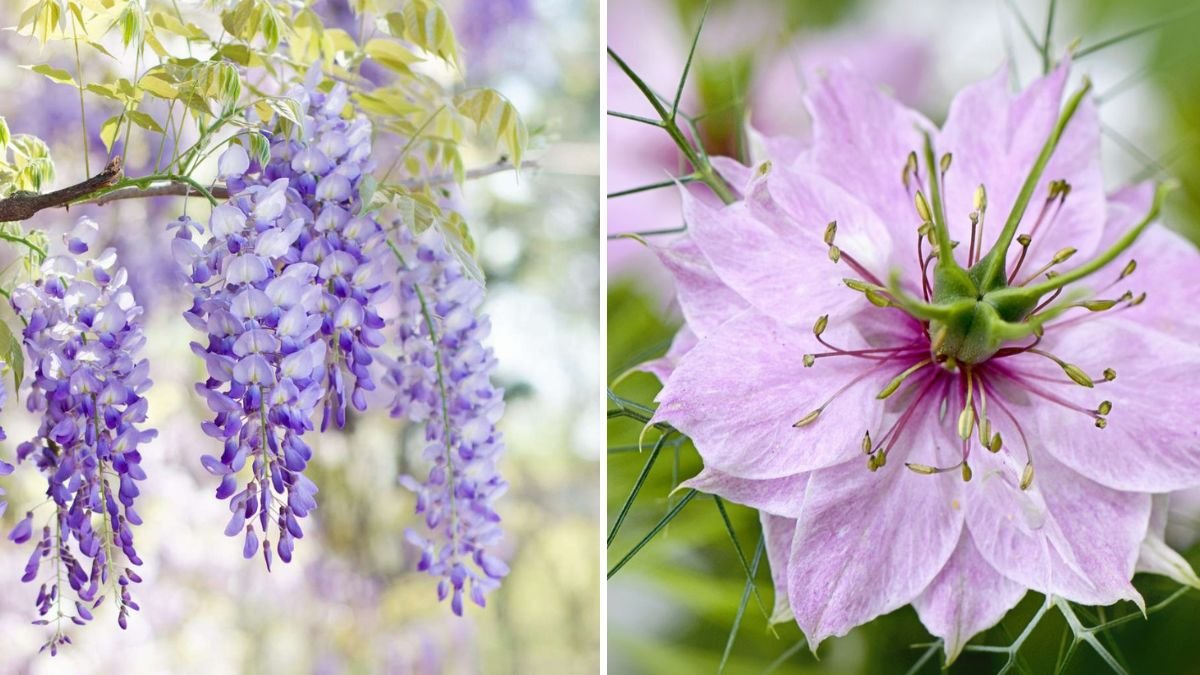Harvesting flowers is a rewarding part of gardening, allowing gardeners to enjoy fresh blooms, create stunning arrangements, or preserve flowers for drying. However, picking flowers too early can harm the plant, reduce bloom longevity, and compromise their beauty. Many flowers develop their full color, fragrance, and longevity only after reaching maturity or a certain stage of bloom.
Understanding when to harvest flowers is key to maximizing their aesthetic and practical value. This article explores eight flowers you should never harvest too early, why timing matters, and tips for proper harvesting to keep your garden thriving.
1. Roses
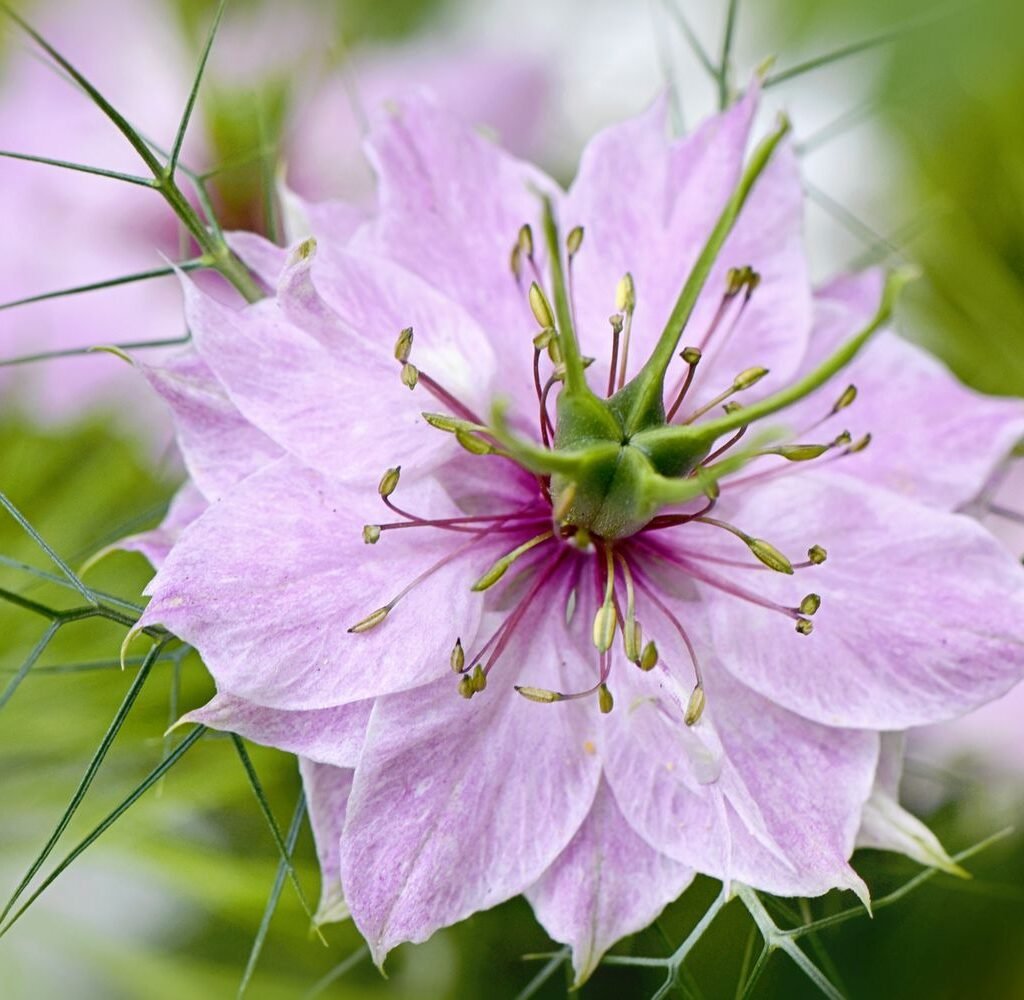
Why Timing Matters
Roses are perhaps the most cherished flowers for bouquets and gardens. Harvesting them before the bud opens fully can reduce fragrance and bloom longevity.
Effects of Early Harvest
- Buds may not fully open indoors, resulting in a weak display.
- Fragrance is less intense in immature blooms.
- Plants may produce fewer blooms if energy is diverted to premature harvesting.
Best Harvesting Practice
- Cut roses when petals just begin to unfurl.
- Use sharp, clean pruners at an angle to prevent damage.
- Harvest in the morning when stems are hydrated for maximum vase life.
2. Peonies
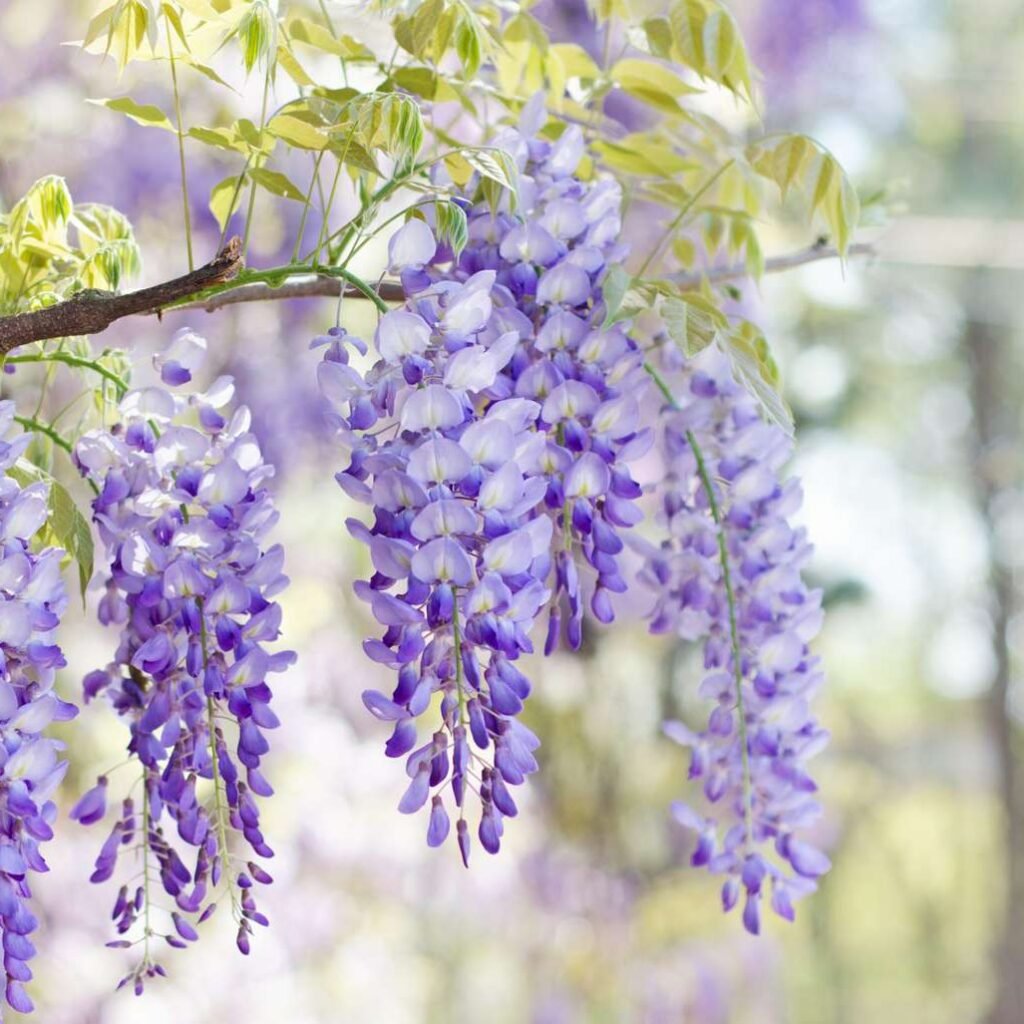
Why Timing Matters
Peonies are prized for their large, fragrant blooms, but harvesting too early can prevent flowers from opening fully. Early cutting reduces vase life and affects fragrance.
Effects of Early Harvest
- Buds may remain tightly closed, leading to poor display.
- Flowers may not reach their full size or vibrancy.
- Premature cutting can stress the plant and reduce future blooms.
Best Harvesting Practice
- Wait until buds show color and start to swell.
- Cut with a long stem to allow arrangement flexibility.
- Place immediately in cool water to prolong life.
3. Lilies
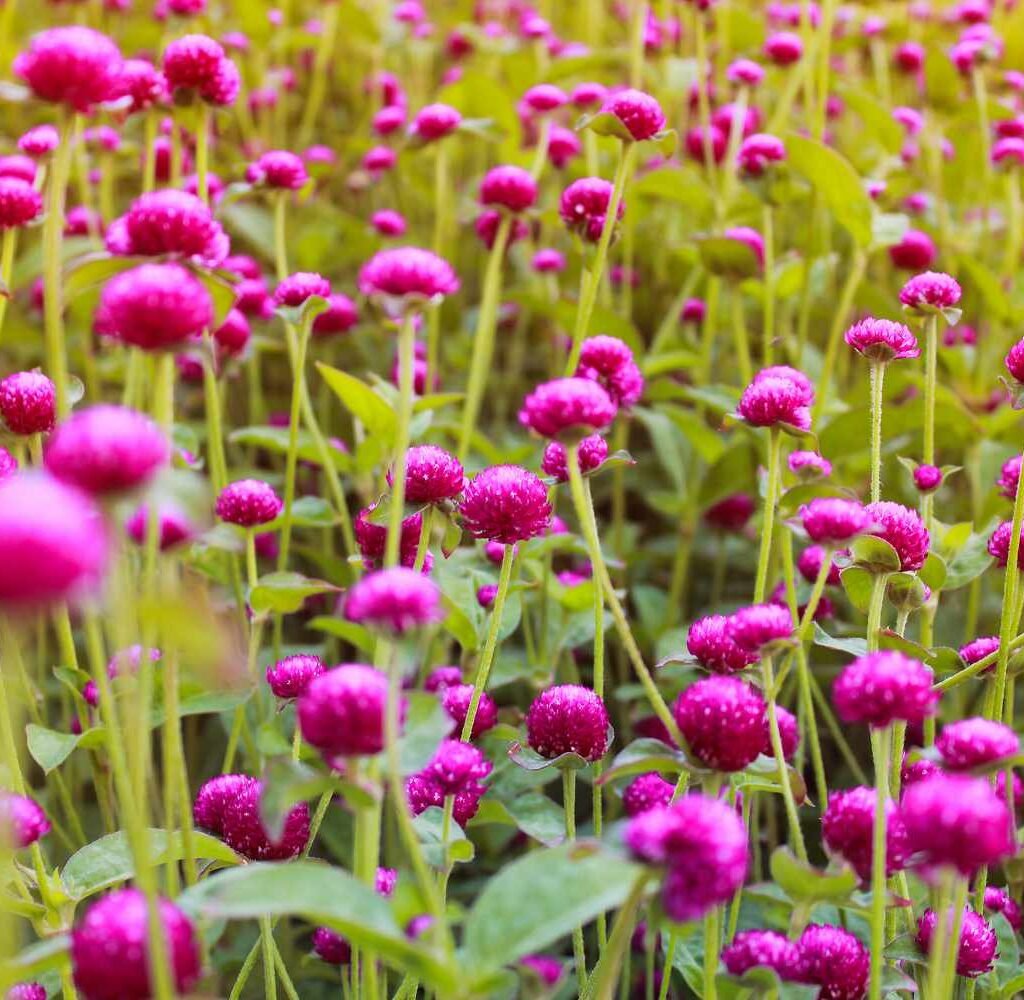
Why Timing Matters
Lilies are stunning focal points in gardens and bouquets. Cutting too early can prevent petals from opening, and stamens may not fully develop, which affects pollen production and aesthetic appeal.
Effects of Early Harvest
- Shortened vase life.
- Less vibrant blooms.
- Premature harvesting can weaken the plant for future flowering.
Best Harvesting Practice
- Harvest lilies when buds are just starting to show color but are still closed.
- Ensure a portion of the stem and leaves remain intact.
- Allow buds to open indoors in water for full display.
4. Dahlias
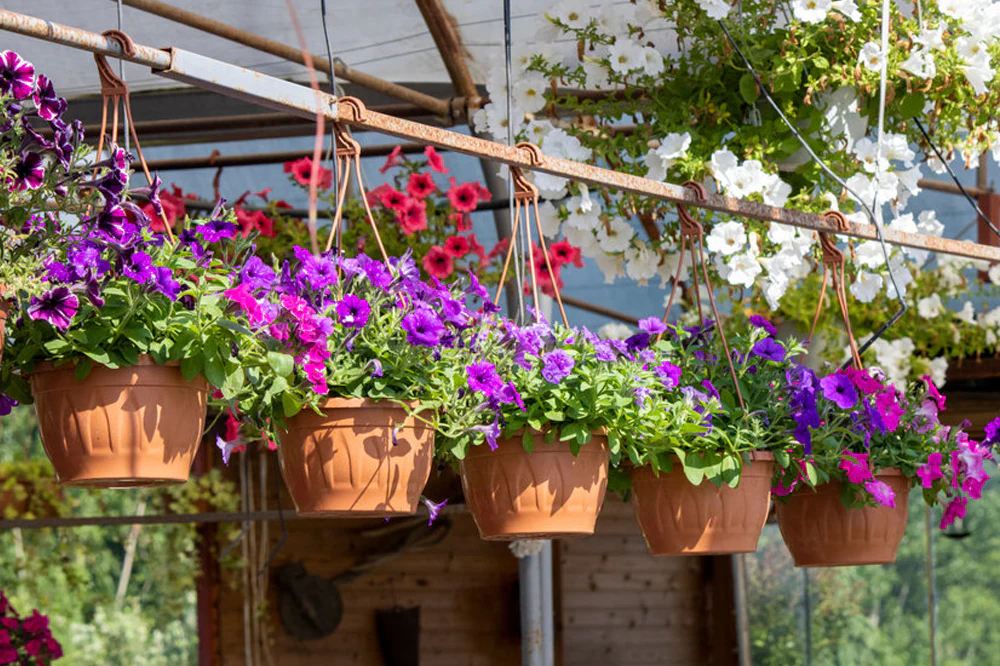
Why Timing Matters
Dahlias produce vibrant, layered blooms. Picking them too early can result in underdeveloped petals and reduced longevity in arrangements.
Effects of Early Harvest
- Flowers may not open fully.
- Petals may remain soft or small.
- Premature harvesting can reduce energy for tuber development.
Best Harvesting Practice
- Harvest when petals begin to separate but before full bloom.
- Cut early in the morning and place stems in water immediately.
- Rotate harvesting to allow some flowers to mature fully on the plant.
5. Sunflowers
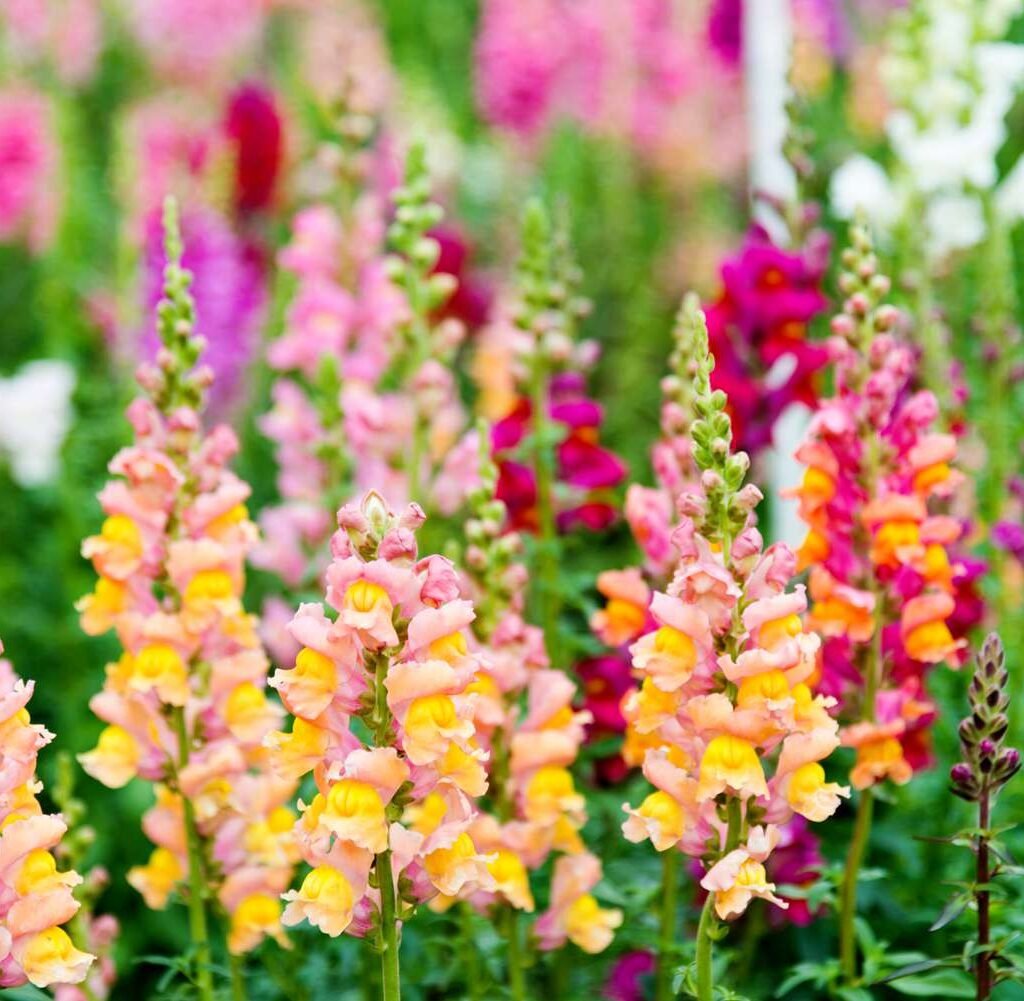
Why Timing Matters
Sunflowers are iconic for their bold appearance, but cutting too early can result in small, weak blooms with less vibrant color.
Effects of Early Harvest
- Heads may droop and petals may curl.
- Reduced vase life and seed development if harvesting seeds.
- Plants may struggle to produce additional blooms.
Best Harvesting Practice
- Cut sunflowers when petals just start to open but before full bloom for arrangements.
- If growing for seeds, allow the flower to mature fully.
- Use sharp tools to avoid crushing stems.
6. Gladiolus
Why Timing Matters
Gladiolus are striking spikes of color. Harvesting too early can prevent lower florets from opening, resulting in incomplete floral displays.
Effects of Early Harvest
- Only partial blooms open in arrangements.
- Flowers may wilt faster if immature.
- Reduced energy for future spike production.
Best Harvesting Practice
- Harvest when the bottom third of florets open while the upper buds remain closed.
- Cut long stems to allow flexibility in vases.
- Place immediately in water with floral preservative.
7. Zinnias
Why Timing Matters
Zinnias are beloved for their bright, colorful flowers. Early harvesting can result in small blooms with shortened lifespan.
Effects of Early Harvest
- Flowers may fade quickly or appear undersized.
- Reduced energy for the plant to produce subsequent blooms.
- Poor aesthetic impact in bouquets.
Best Harvesting Practice
- Harvest zinnias when petals are fully separated and vibrant in color.
- Use sharp shears and cut stems in the morning for maximum hydration.
- Deadhead older flowers to encourage more blooms.
8. Marigolds
Why Timing Matters
Marigolds are hardy, vibrant flowers that brighten gardens and containers. Picking too early reduces color intensity and flower longevity.
Effects of Early Harvest
- Flowers may not open fully.
- Shortened vase life.
- Premature removal can reduce plant vigor and bloom frequency.
Best Harvesting Practice
- Harvest marigolds once petals are fully open.
- Use a sharp knife or shears to avoid damaging stems.
- Regular harvesting encourages more blooms.
Signs a Flower Is Ready to Harvest
- Color Development: Flowers show true color of the species.
- Petal Separation: Petals begin to unfurl without fully opening.
- Fragrance: Aromatic blooms are most fragrant when approaching full bloom.
- Stem Health: Strong, green stems indicate flowers can support themselves in arrangements.
- Vase Longevity: Flowers cut at the right stage last longer in water.
Recognizing these signs ensures flowers last longer in bouquets and maintain their beauty.
Tips for Successful Flower Harvesting
- Harvest in the Morning: Plants are hydrated, and flowers are firm.
- Use Sharp Tools: Prevent crushing stems or damaging buds.
- Cut at an Angle: Increases water uptake and vase life.
- Immediate Hydration: Place flowers in clean water with floral preservative.
- Leave Some Flowers on Plant: To maintain energy for continued blooming.
- Know Your Flower Type: Timing varies between species and varieties.
By combining observation and proper technique, gardeners can maximize bloom longevity, fragrance, and beauty.
Conclusion
Harvesting flowers too early is a common mistake that reduces bloom quality, longevity, and plant health. Understanding the right stage to cut ensures optimal color, fragrance, and vase life. The eight flowers you should never harvest too early are:
- Roses – harvest when buds begin to unfurl.
- Peonies – wait until buds swell and show color.
- Lilies – cut when buds begin to show color.
- Dahlias – harvest as petals start to separate.
- Sunflowers – cut when petals just start to open.
- Gladiolus – harvest when the lower third of florets open.
- Zinnias – wait until petals are fully separated and vibrant.
- Marigolds – harvest once flowers are fully open.
By following these guidelines, gardeners can enjoy long-lasting blooms, beautiful arrangements, and healthier plants, ensuring a garden that continues to thrive and delight year after year.
